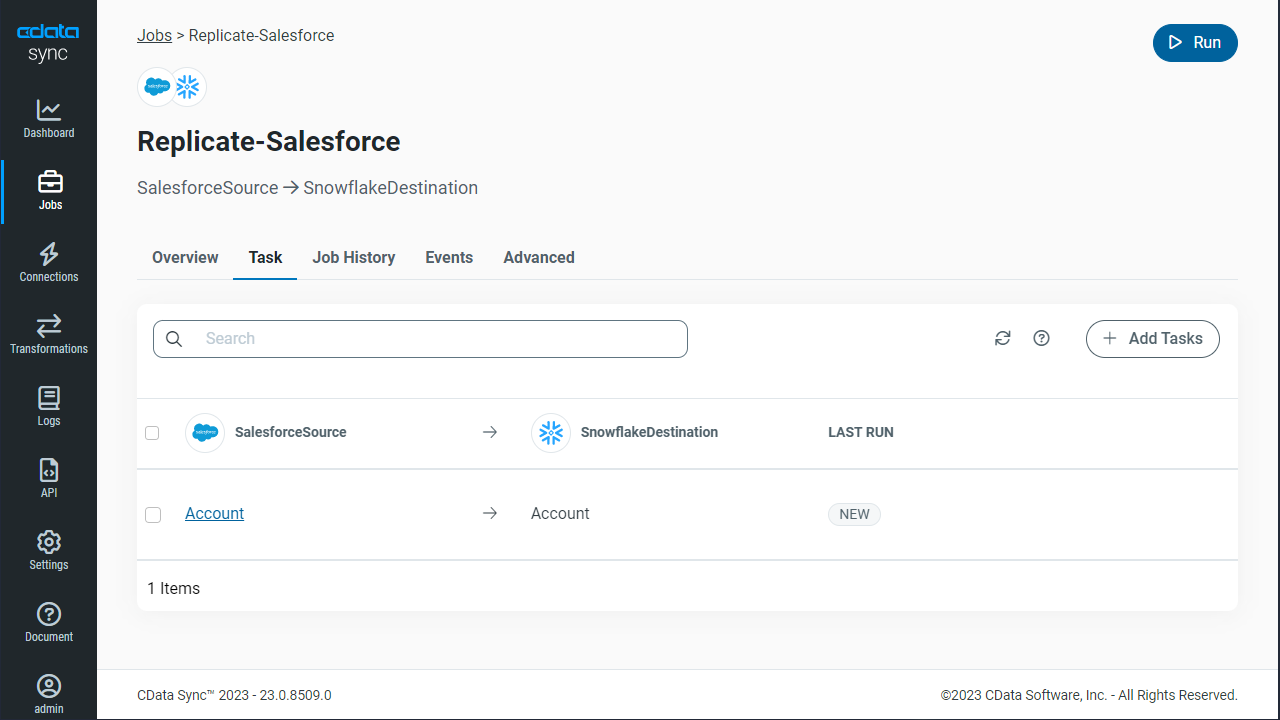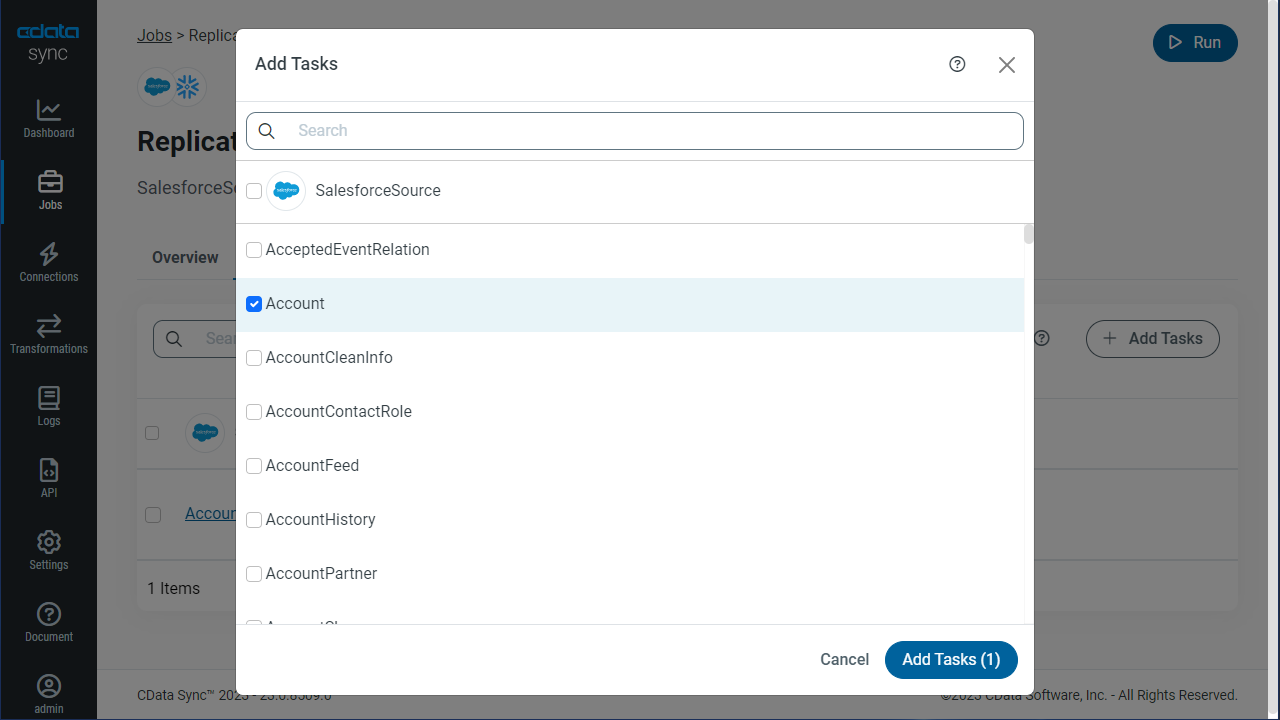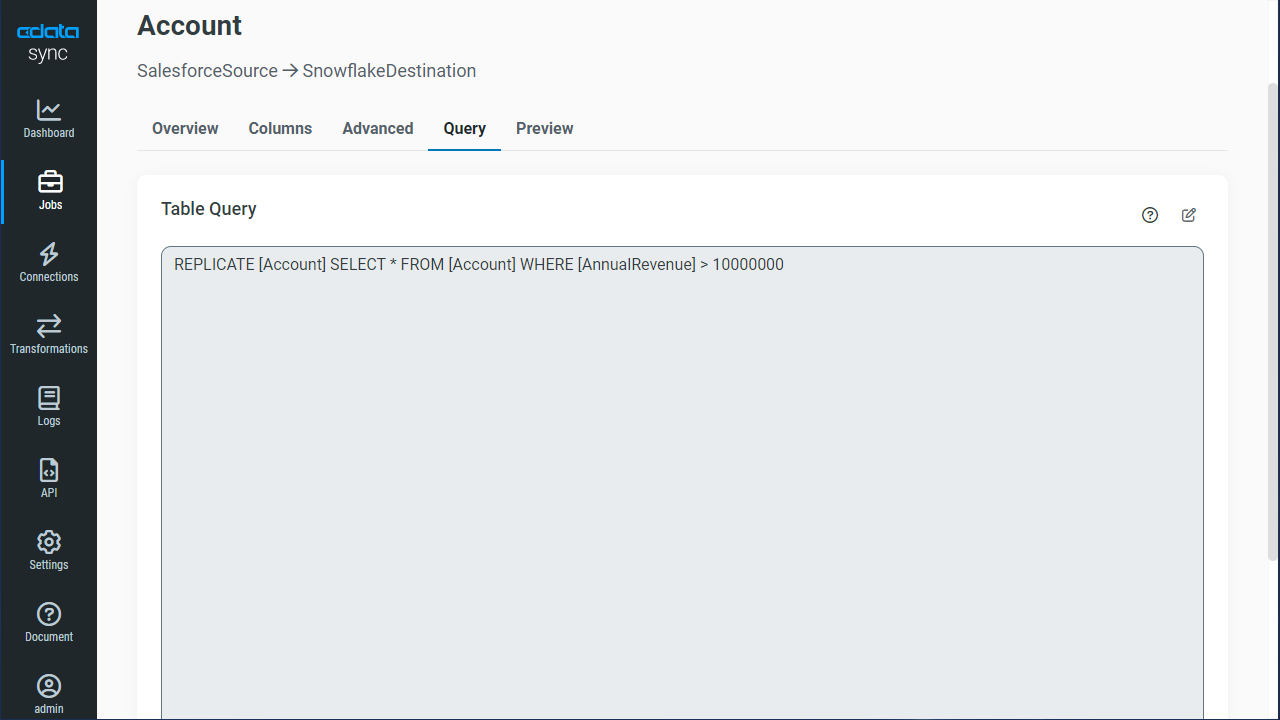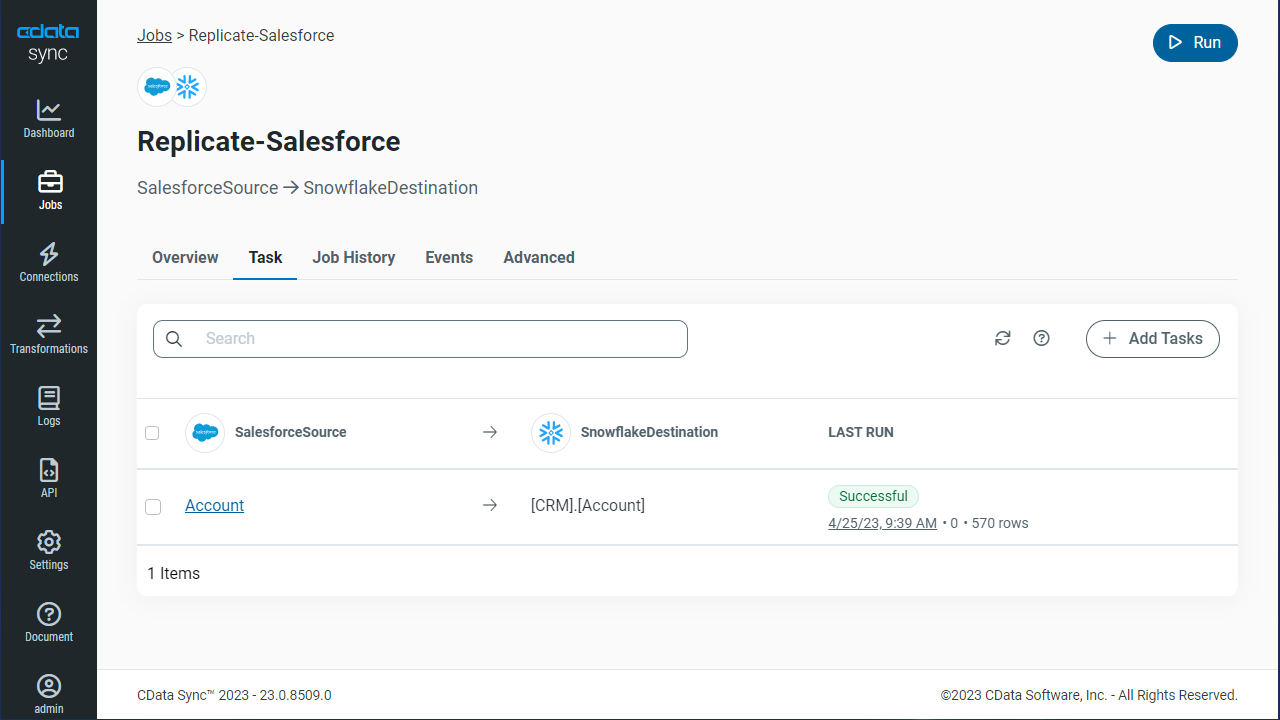Discover how a bimodal integration strategy can address the major data management challenges facing your organization today.
Get the Report →Automate BigQuery Data Replication to SAP HANA
Use CData Sync to customize and automate BigQuery data replication to SAP HANA.
Always-on applications rely on automatic failover capabilities and real-time data access. CData Sync integrates live BigQuery data into your SAP HANA instance, allowing you to consolidate all of your data into a single location for archiving, reporting, analytics, machine learning, artificial intelligence and more.
About BigQuery Data Integration
CData simplifies access and integration of live Google BigQuery data. Our customers leverage CData connectivity to:
- Simplify access to BigQuery with broad out-of-the-box support for authentication schemes, including OAuth, OAuth JWT, and GCP Instance.
- Enhance data workflows with Bi-directional data access between BigQuery and other applications.
- Perform key BigQuery actions like starting, retrieving, and canceling jobs; deleting tables; or insert job loads through SQL stored procedures.
Most CData customers are using Google BigQuery as their data warehouse and so use CData solutions to migrate business data from separate sources into BigQuery for comprehensive analytics. Other customers use our connectivity to analyze and report on their Google BigQuery data, with many customers using both solutions.
For more details on how CData enhances your Google BigQuery experience, check out our blog post: https://www.cdata.com/blog/what-is-bigquery
Getting Started
Configure SAP HANA as a Replication Destination
Using CData Sync, you can replicate BigQuery data to SAP HANA. To add a replication destination, navigate to the Connections tab.
- Click Add Connection.
- Select SAP HANA as a destination.
![Configure a Destination connection to SAP HANA.]()
- Enter the necessary connection properties. To connect to SAP HANA, set the following:
- Server: The IP address or name of the server you want to connect to.
- Port: The port where the server is running.
- Database: The name of the database.
- User: The username of a user with read/write access to the database.
- Password: The password of a user with read/write access to the database.
- Click Test Connection to ensure that the connection is configured properly.
![Configure a Destination connection.]()
- Click Save Changes.
Configure the BigQuery Connection
You can configure a connection to BigQuery from the Connections tab. To add a connection to your BigQuery account, navigate to the Connections tab.
- Click Add Connection.
- Select a source (BigQuery).
- Configure the connection properties.
Google uses the OAuth authentication standard. To access Google APIs on behalf of individual users, you can use the embedded credentials or you can register your own OAuth app.
OAuth also enables you to use a service account to connect on behalf of users in a Google Apps domain. To authenticate with a service account, you will need to register an application to obtain the OAuth JWT values.
In addition to the OAuth values, you will need to specify the DatasetId and ProjectId. See the "Getting Started" chapter of the help documentation for a guide to using OAuth.
![Configure a Source connection (Salesforce is shown).]()
- Click Connect to ensure that the connection is configured properly.
- Click Save Changes.
Configure Replication Queries
CData Sync enables you to control replication with a point-and-click interface and with SQL queries. For each replication you wish to configure, navigate to the Jobs tab and click Add Job. Select the Source and Destination for your replication.

Replicate Entire Tables
To replicate an entire table, click Add Tables in the Tables section, choose the table(s) you wish to replicate, and click Add Selected Tables.

Customize Your Replication
You can use the Columns and Query tabs of a task to customize your replication. The Columns tab allows you to specify which columns to replicate, rename the columns at the destination, and even perform operations on the source data before replicating. The Query tab allows you to add filters, grouping, and sorting to the replication.
Schedule Your Replication
In the Schedule section, you can schedule a job to run automatically, configuring the job to run after specified intervals ranging from once every 10 minutes to once every month.

Once you have configured the replication job, click Save Changes. You can configure any number of jobs to manage the replication of your BigQuery data to PostgreSQL.








